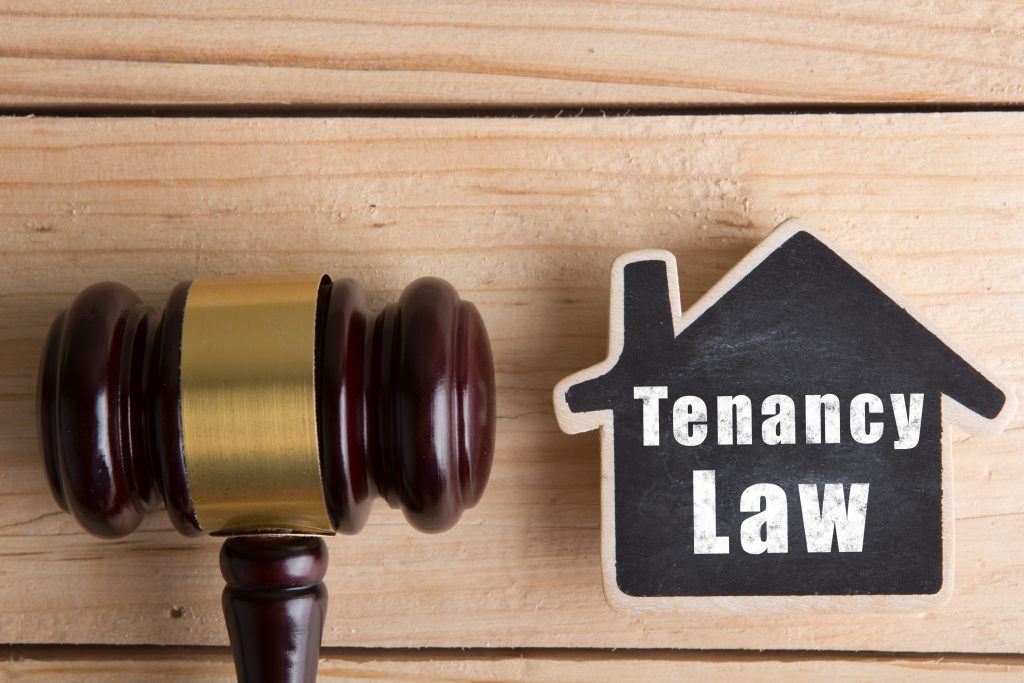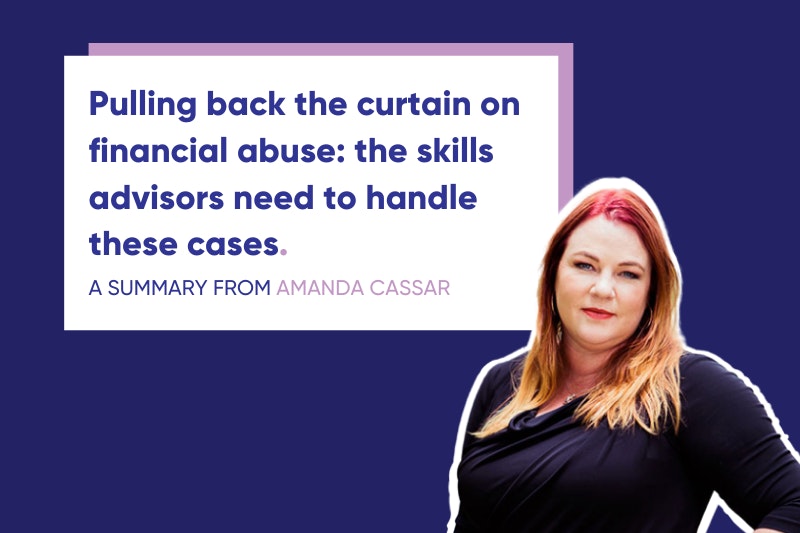o you have a strategy for when things don’t go according to plan?
How fantastic would it be if life just rolled along in accordance with our Plan A and nothing ever went wrong?
Unfortunately, you’ve probably experienced the need for a Plan B at some stage in your life, or even wondered if all those other letters in the alphabet might get a run as well. As a business owner, what can you do when things don’t go quite according to plan?
You’ve likely heard of contingency planning, but most aren’t really sure what it is or how it could apply in their business.
What Is a Contingency Plan?
Basically, it’s a course of action designed to help you respond effectively to a future event or situation that might (or might not) occur – your very own Plan B. These risks can appear at any time and managing (and minimising) risk is an essential part of business planning.
This document will become your own personal ‘risk register’ to record potential problems, identify how serious they could be, what costs may be required, who will fix them and how.
How Do I Create the Plan?
- Develop the policy statement
- Conduct a business-impact analysis
- Identify pre-emptive measures
- Create alternate strategies
- Develop detailed guidance and procedures
- Ensure it will work
- Maintain the plan
The policy statement begins the formal process of planning. It provides the guidance needed throughout your plan. This will evaluate the true level of risk to your business so you are able to properly manage it.
Next, identify which systems are critical to supporting your business function. Is the risk of a major or minor impact, and is it preventable? As an example, it may be a simple as: if there’s a situation with no electricity, what can you do?
Then come up with measures to reduce the effect of disruptions and minimise the costs. Can you be in an area or building where power supply is regular and mostly guaranteed? Is a generator something that could assist with power outages? And if so, is it a financially sound investment?
What are some contingencies for when things go wrong? Basically, what will you do if the worst does happen? Come up with some thorough strategies to ensure you can recover quickly after a disturbance. Will you shut up shop and go home if there’s no power? Can you manually take payments to process later? Will you need additional security? What will work best for your business? Your plan needs to detail exact procedures for what needs to happen and guidance to minimise the impact of interruptions.
Testing the plan can highlight gaps and better prepare your business for recovery. Test the plan’s effectiveness and assist your organisation to be ready for any contingency.
Finally, ensure the plan is reviewed regularly to remain relevant and reflect changes as your business grows. This is a living, breathing document that needs to be frequently reviewed and updated.
Other considerations highlighted on the Australian government’s business website under risk management include:
- Interest rate changes
- Delays or shortages in inventory
- Workplace injuries
- Skilled staff leaving the business
- Natural disasters
- New competitors
- Your product becoming obsolete due to new technology
- Customers can switch to a competitor or lose interest in your products
When compiling your register, seek help from those who also have an interest in your business such as your professional business advisor, accountant or bookkeeper, financial advisor or solicitor. They likely have insights into situations you might not have considered, ideas to minimise risk via insurance strategies and helpful tips to include in your plan.





 January 18, 2025
January 18, 2025 




















